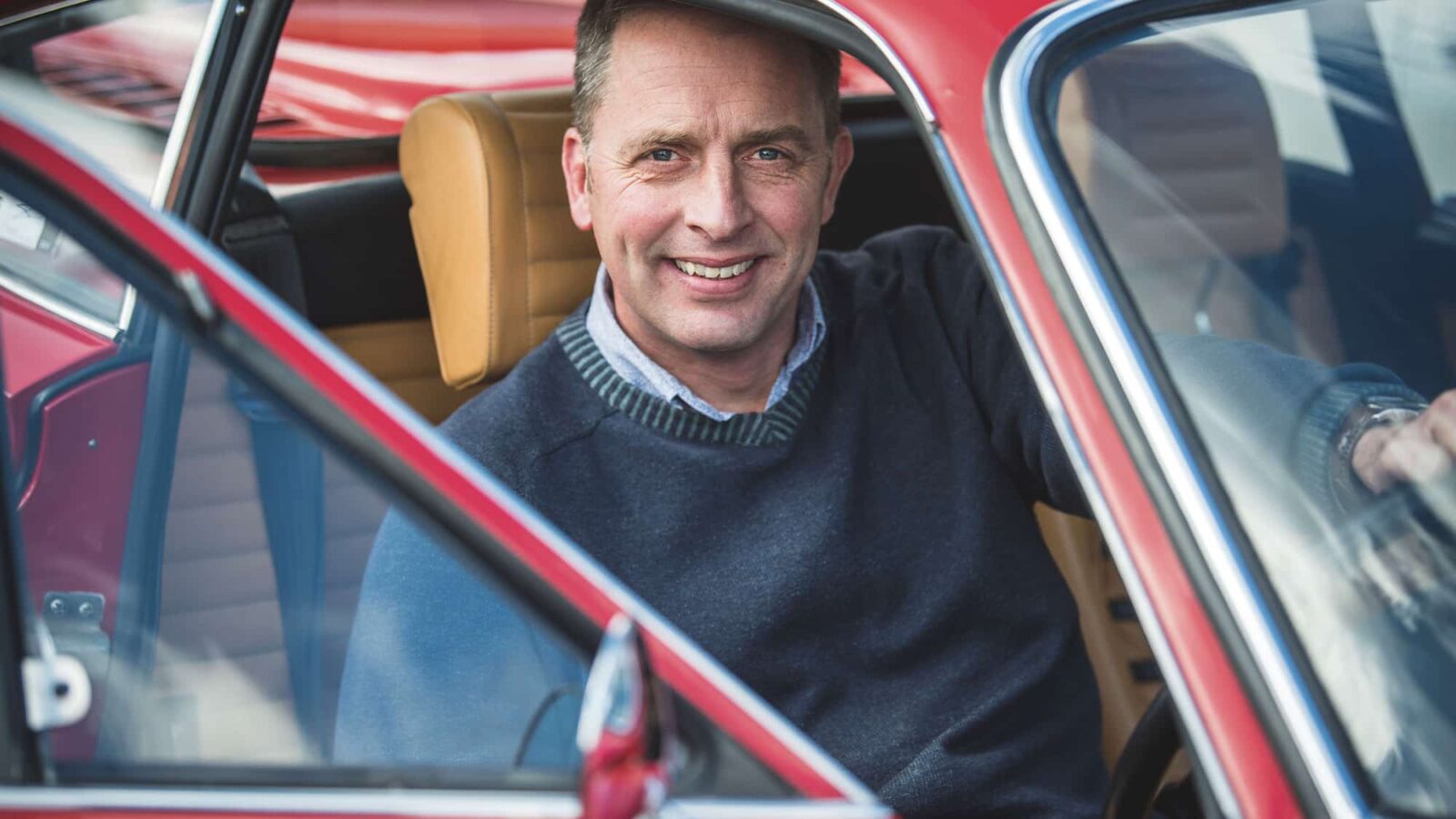New generation of car buyers boosts demand for '80s & '90s classics
“The supply and demand balance is shifting to modern cars”

After an unexpectedly buoyant few months through the early summer, it’s becoming obvious that the market is steadying itself. This is, we think, partly due to the pent-up post-lockdown demand having been satisfied; while some of us might have thought – and hoped – that COVID-19 would be a passing problem, it looks like it’s going to be with us for a while yet.
Because the possibility of a global pandemic wasn’t on anyone’s radar, it caught us all on the hop a little, and the growing financial implications – some of which we may not even have started to appreciate yet – are forcing some to change their buying or selling intentions.
What have we seen? Well, the demand for the best examples of any car remains strong which means the finest investment-grade cars are still finding homes at excellent prices; there are always sufficient numbers of collectors with access to capital who can maintain demand here, whatever the price level. [Any definition of ‘best’ can be debated ad nauseum, but here we are talking about the superb provenance, low-
mileage, gorgeously original, unmolested highest-quality restoration cars. Witness the liquid-yellow Clio V6 we sold recently for £52,000, which we believe to be a record…]
“An unprecedented amount of government money is propping up the financial and commercial worlds. We’ve a suspicion that a little bit has found its way into classic cars”
What about the cars in ‘middle-market’ condition, not at all necessarily bad and still very enjoyable? In many cases these are the cars that have struggled to hold their value; they were pumped up indiscriminately in the past decade by ‘investors’; people who were well-meaning, but often unsure how to differentiate the cars on offer. Of course, this doesn’t stop us all enjoying these cars as they should be used.
This is not close to being a correction but it further reinforces the general trend to a buyers’ market. The supply/demand balance is shifting as slightly more folk want out of their classics than are willing to move into old metal. While our sale rate is over 80 per cent, it has shifted down a notch in past weeks. This is corroborated by the recent results from UK physical auctions such as Historics, CCA, R.M Sotheby’s and Bonhams – all with spectacular individual results, but patchy overall sale statistics.
There is also an unprecedented amount of government money going into propping up the financial and commercial worlds and, because we’re among friends, we can confide that we’ve a suspicion that a little bit of that money has found its way into classic cars. That source of funding will inevitably dry up at some point, but for some it’s been a welcome bonus…
Changing demographics have affected some values, too. As one generation passes on, the tastes of the next group reflect the cars they lusted after when they were younger; in the same way that vintage cars have a more restricted market now than ever before, we’re starting to see the same thing happen with cars from the 1950s and early ’60s.
Which is bad news if you have an Austin Healey 3000 or similar in your garage but good news if you’ve a mint, low-mileage hot-hatchback from the 1980s or ’90s. For instance, at Historics’ July sale a Ford Focus RS500 sold for a spectacular £56k whereas a reasonable Healey 3000 struggled to reach a hammer bid of £23k.
But for all our certainty about what’s happening now, it may well have changed again by the time you read this. We’re in uncharted waters at the moment and things are changing, even week by week.
Welcome to the New Normal, whatever that’s going to look like.
Tristan Judge is director and co-founder of The Market, the online auction platform for classic and collectable cars
